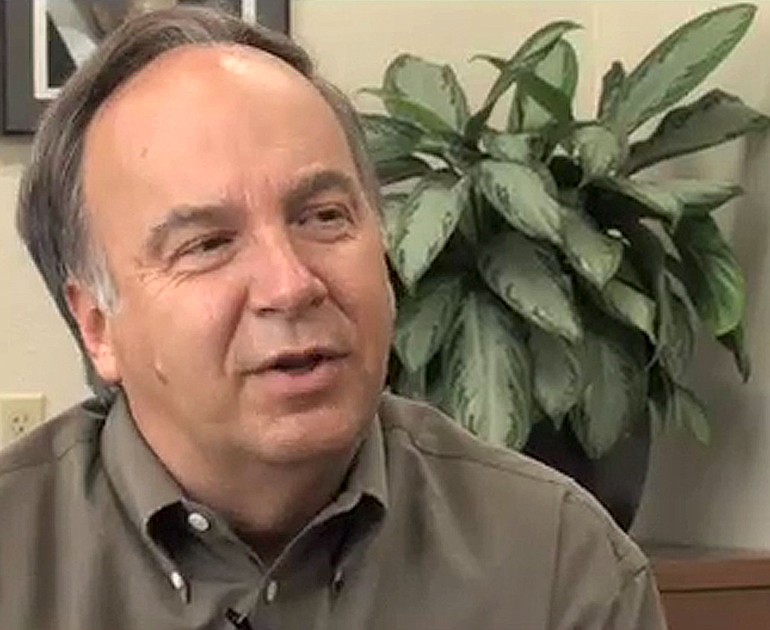A veteran transportation administrator from Olympia has been appointed director of the Columbia River Crossing office in Vancouver.
Nancy Boyd, who previously served as deputy state design engineer, was appointed to the position by Transportation Secretary Paula Hammond.
Boyd replaces Don Wagner, the WSDOT regional administrator who was temporarily appointed to the Crossing job in January 2010. Wagner returned to his regular job at the regional office in Orchards after Boyd’s appointment took effect late last week.
Wagner introduced Boyd on Tuesday during the regular monthly meeting of the Southwest Washington Regional Transportation Council.
“My pledge is to do our best answering your questions and be as forthright as possible in explaining why we’re doing what we’re doing,” Boyd said.
Boyd steps in at a crucial time for the $3.6 billion proposal, and Vancouver Mayor Tim Leavitt, and Clark County commissioners Marc Boldt and Tom Mielke, wasted no time putting her pledge to the test.
Leavitt and Boldt both asked about the timing of construction, which theoretically would start in 2013. C-Tran’s board of directors is due to decide next week on a ballot measure asking voters to increase the sales tax to pay to operate an extension of Portland’s light-rail transit system on a new Interstate 5 bridge. But that vote may not occur until November 2012 — a month after the start of the federal fiscal year.
Planners anticipate the Federal Transit Administration will provide $850 million to construct the light-rail extension to Clark College.
Leavitt and Boldt both asked how it could be possible to begin acquiring right-of-way and breaking ground without assurances that voters will provide the money necessary to operate it.
“We would want to have a Plan B before we did anything as final as buying property,” Boyd said.
In an interview afterward, Boyd said the project has not developed a fallback plan but that voters would have a clear understanding by the time they cast ballots.
In one conceivable option, the state Legislature could authorize bridge tolls to be used for operating and maintaining the new light-rail line. That might not be popular in Southwest Washington — and it would presumably drive up the long-term cost of interest on toll-backed revenue bonds — but it is permissible under existing state law.
Mielke welcomed Boyd, and then cautioned her that the public has grown increasingly dissatisfied with the project.
“They’ve been locked out of a vote down here, and they’ve become more hostile,” Mielke said.
Matthew Garrett, director of the Oregon Department of Transportation, officially remains the Oregon co-director of the bistate office situated in downtown Vancouver.
Boyd’s career with WSDOT started 20 years ago, as a member of a geotechnical drilling team doing advance work on the last eight-mile section of the Spirit Lake Memorial Highway, from Coldwater Lake to Johnston Ridge.
She went on to a wide variety of roles across Western Washington. She was involved in planning a $1.3 billion highway-widening project that included high-occupancy vehicle lanes on state Highway 16 between Interstate 5 and the Tacoma Narrows Bridge. Boyd has served as deputy state design engineer for the past four years, with duties including representing WSDOT on Gov. Chris Gregoire’s climate-action team.



